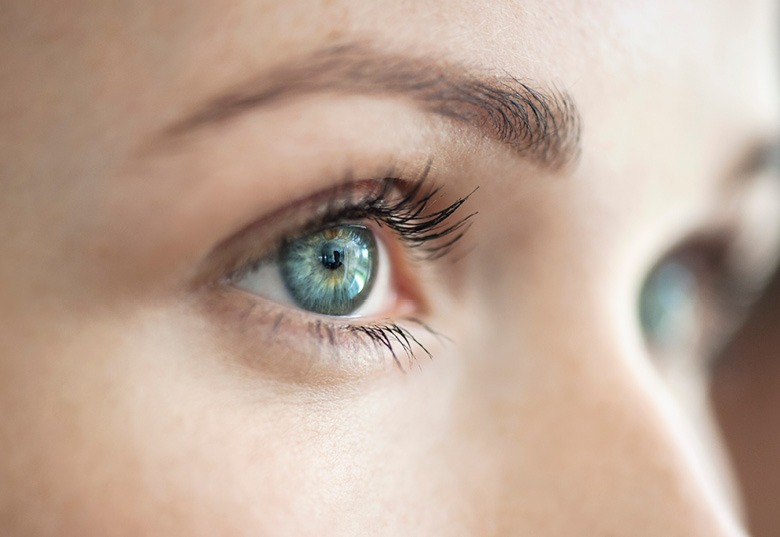Your vision. It is a gateway into the world. You use it every day. To assess your environment. To interact. To distinguish your loved ones. And any loss of vision can be devastating.
As a person ages, eye disease becomes more and more common, impeding life and well-being.
“It is estimated that roughly 285 million individuals worldwide have some type of visual impairment, whether related to eye disease or a refractive error, such as nearsighted or farsighted,” said Rebecca Loman, M.S., certified genetic counselor at Sanford Imagenetics.
“Eye disease tends to affect certain ethnicities more than others and can vary depending on the condition. In fact, over 24 million Americans over age 40 have cataracts. That’s a large number of people.”
Understanding eye disease
Many conditions can affect the eye. Some are not a cause for concern, but others can be damaging, limiting day-to-day life and quality of living. These can include:
- Cataracts: the eye lens becomes opaque resulting in clouded or blurred vision
- Glaucoma: a group of optic nerve disorders that may cause vision loss or blindness
- Macular degeneration: a disease destroying sharp, central vision
“Eye disease is complicated. With age, eye disease becomes more common. Conditions that occur with age tend to be acquired or multifactorial, meaning the condition is due to many different factors, rather than being purely genetic. While genetics might contribute, environment often plays a larger role in development,” explains Loman.
“The specific cause of eye disease can be difficult to pinpoint unless there is an obvious source, such as an infection or trauma to the eye. That is why most eye diseases fall into that multifactorial category,” adds Loman.
“However, there are eye conditions with a very strong inheritance pattern or that occur as part of a larger genetic syndrome. For example, some forms of congenital cataracts are autosomal dominant, meaning if a parent has the condition, there is a 50/50 chance the parent passed it on to his or her children.”
What you can do
When there is a strong family history of an eye disease, it is important to talk to a provider to determine if a referral to a genetics provider is necessary. A genetic counselor can assess if there are other factors that should be addressed related to eye disease and if a family could benefit from further genetics evaluation.
“We would encourage a genetics evaluation for an individual who was affected by eye disease at a younger age. This can include a baby born with congenital cataracts or a child experiencing additional health concerns, such as developmental delays or congenital birth defects. Through a genetics evaluation, we can help the family discover if something larger is going on that is causing the symptoms or if there is an inherited gene change,” says Loman.
Often, genetic testing is not required with eye disease. Instead, a genetic counselor offers patients clarity and a better understanding of a diagnosis.
“Going through the information so a family fully understands can be valuable. A parent or grandparent can feel guilt for passing on a condition to their children and grandchildren. So just ensuring patients have accurate information and are able to talk through their concerns with someone is really important, whether or not the visit results in further evaluation,” Loman says.
Protecting your vision
The single best way to protect your vision is by getting a comprehensive eye examination each year and talking to a primary care physician about any noticeable vision changes or a family history of eye disease.
“Let your primary care provider know about any family history of eye disease, just like you would tell your provider about a family history of cancer. It’s part of your health history, and vision is such an important part of a person’s well-being,” says Loman.
Learn more
- Help your kids see well from the start
- What to do when more screen time leads to more eye strain
- Family history: It’s an important part of your health
…
Posted In Eye Care, Genetics, Healthy Living
